Scuba diving with oxygen tanks unlocks the ocean’s wonders effectively. Unlike free diving, modern equipment allows divers to explore for up to 45 minutes continuously using a standard aluminum 80 cubic foot tank – granting ample time to study reefs or formations. Reaching depths of 30 meters (100 feet) opens access to shipwrecks and deeper marine habitats, achievable with proper training and safety protocols. This method minimizes disturbance, letting divers observe sea turtles or sharks closely. Controlled breathing enhances efficiency and fitness, potentially burning over 500 calories per hour while building lung strength.
Longer Time to Explore: Dive up to 45 Minutes Continuously
While free divers typically hold their breath for 60–120 seconds, modern aluminum 80-cubic-foot tanks deliver consistent airflow at depths down to 18 meters (60 feet) for up to 45 minutes per fill. This efficiency is achieved through balanced regulators maintaining breathing resistance below 1.4 joules/liter, coupled with disciplined consumption rates averaging 18–25 liters per minute for moderate activity. Water temperature plays a critical role: in warm seas (25–29°C/77–84°F), metabolic oxygen use drops by 12–15% compared to colder waters (10–15°C/50–59°F), further stretching tank longevity. For reference, a diver at 10 meters (33 feet) expends roughly 500–700 liters of air for a 30-minute dive—equivalent to burning 475 kcal. Proper weighting (±2 kg of ideal buoyancy) and hydrodynamic trim reduce drag, conserving up to 20% of air supply.
Tank Physics & Air Consumption
The aluminum 80 ft³ (11.1L water capacity) cylinder, pressurized to 207 bar (3,000 psi), stores approximately 1,600 liters of breathable air at surface pressure. At 10 meters depth, ambient pressure doubles to 2 atm, causing each inhalation to draw twice the surface volume—explaining the accelerated depletion rate. Consumption correlates directly with exertion: a diver kicking against 1.5-knot currents may spike uptake to 35 L/min, shrinking dive time to ≤25 minutes. Conversely, neutral buoyancy trimming reduces consumption to 15 L/min, enabling ≥50-minute dives at shallow reef depths.
Thermodynamics & Gas Efficiency
Water’s thermal conductivity (25x greater than air) rapidly cools inhaled air, increasing its density by ~9% at 10°C. Cold, dense air demands higher inspiratory effort, elevating metabolic work by 8–10%. Using environmentally sealed regulators prevents freezing and maintains consistent flow rates of 160–185 SLPM (standard liters per minute). Additionally, neoprene wetsuits (5–7 mm thickness) compress at depth, losing up to 50% of surface insulation and increasing thermoregulatory calorie burn by 300–400 kcal/hour—directly impacting O₂ metabolism.
Operational Techniques for Time Extension
Buoyancy Control Systems (BCDs): Precise adjustment within ±0.5 kg minimizes vertical oscillation, reducing air waste from compensatory finning.
Glide Phases: Integrating 10-second glides every 30 fin cycles lowers oxygen consumption rates to 12 L/min, demonstrably increasing dive duration by 18–22%.
Trim Weights: Positioning 65% of ballast on the upper tank band optimizes horizontal trim, cutting drag coefficient (CdA) by 0.04–0.06, equivalent to saving 3 L air/km traveled.
Equipment Calibration & Maintenance
Regulator performance degrades when servicing intervals exceed 100 dives or 24 months, increasing breathing resistance by 0.3–0.5 joules/L. Annual IP (intermediate pressure) checks ensure tank valves deliver consistent outputs at 9–11 bar above ambient pressure, avoiding pressure drops below 90 psi over a 2-minute inhalation cycle. O-ring lubrication with silicone grease (ISO 2136-compliant) prevents leaks wasting 2–3 bar/minute per failed seal.
Surface air consumption (SAC) rates are calculated as:
SAC (L/min) = (Tank Pressure Drop [bar] × Tank Volume [L]) / (Depth Factor × Duration [min]) Depth Factor = (Depth [m]/10) + 1
Example: A 12L tank dropping 80 bar over 20 min at 15m depth yields:
SAC = (80 × 12) / (2.5 × 20) = 960 / 50 = 19.2 L/min
Target dives require SAC rates under 20 L/min for extended bottom times.
Using calibrated equipment, precise buoyancy (±0.3 kg variance), and optimized finning techniques (65° fin stroke angle at 22 cycles/min), divers maintain air consumption at ≤0.50 ft³/min—extending a standard 80 ft³ tank’s lifespan to 160 minutes at 5m depths. At recreational limits (18m/60ft), this strategy still guarantees 42–48 minutes of uninterrupted exploration, making scuba diving the most efficient method for sustained underwater observation and data collection across marine biology, geology, and archaeology.
Reach Deeper Locations
Reaching 30 meters (100 feet) unlocks 92% of recreational dive sites globally – from WWII shipwrecks to mesophotic coral ecosystems – but demands precise physics mastery. At this depth, ambient pressure quadruples to 4 atmospheres (58.8 psi), compressing air density to 5.2 g/L compared to 1.2 g/L at the surface. Standard aluminum 80 ft³ tanks deliver only 20 minutes of bottom time here versus 45 minutes at 18m due to 400% faster air consumption. Thermal protection becomes critical: Water siphons body heat 25x faster than air, requiring 7mm wetsuits or drysuits to maintain core temperature above 35°C (95°F) as ambient drops to 10°C (50°F). Nitrogen narcosis impairment affects 35-40% of divers at 30m, typically manifesting as delayed reaction times exceeding 0.8 seconds. Proper weighting must adjust for 3.5kg buoyancy loss from wetsuit compression. Mastering these variables transforms deep dives from daunting to achievable.
Pressure Physics & Gas Management
Every 10 meters of descent increases ambient pressure by 1 atmosphere (14.7 psi), meaning at 30m depth, the total pressure is 4 bar absolute. This quadrupling effect directly impacts gas planning: A diver consuming 20 liters/minute at the surface would require 80 liters/minute at 30m due to compressed gas density. Consequently, a standard 11.1-liter aluminum tank pressurized to 207 bar contains 2,300 liters of air at surface equivalence, but effective volume shrinks to 575 liters at working depth – sufficient for just 18-22 minutes of moderate activity before reaching the 50-bar reserve threshold. Helium-blend gases like EAN32 (32% oxygen) reduce nitrogen exposure by 37%, allowing safer bottom times of 25 minutes with appropriate decompression stops.
Thermal Protection Mathematics
Water's thermal conductivity (0.58 W/m·K) accelerates heat loss exponentially with depth. A diver at 30m in 15°C water without protection would experience core temperature decline at 3.6°C/hour, risking hypothermia. A 7mm neoprene wetsuit (R-value 3.5) reduces heat flux to 140 watts, maintaining thermal equilibrium when combined with 120W metabolic heat output. Thinner suits (≤5mm) compress under pressure, losing 52% insulation at 30m. Drysuits using thinsulate undergarments (0.8 clo insulation) maintain stable microclimates, with argon gas fills providing 30% better thermal retention than air due to lower conductivity (0.018 W/m·K vs. 0.026 W/m·K).
Equipment Specifications for Deep Diving
Regulators: Must deliver >200 SLPM airflow against 4.5 bar inlet pressure. Cold-water models feature environmental seals preventing -30°C freeze-ups
Buoyancy Systems: Wings require ≥18kg lift capacity to offset 12kg equipment negative buoyancy plus 6kg wetsuit compression loss
Dive Computers: Mandatory for tracking nitrogen saturation using Bühlmann ZHL-16C algorithm, which calculates no-decompression limits down to 24 minutes at 30m on air
Trim Weights: 2kg shifted to upper tank band corrects trim angle by 7 degrees, reducing drag by 18%
Human Physiology at Depth
Nitrogen narcosis impacts peak between 30-40m, measurable by 22% slower problem-solving speeds and 0.9-second auditory processing delays. Partial pressure of oxygen (PO₂) reaches 1.28 bar on air – 53% higher than surface levels – increasing oxygen toxicity risk after 20+ minutes. Free divers can reach 30m in 1 minute 15 seconds, but scuba allows 25× longer observation times. Gas consumption varies by fitness: Obese divers (BMI >30) use 31 L/min at 30m versus 23 L/min for athletes due to 40% higher metabolic oxygen demands.
Operational Protocols for Safe Access
Gas Reserve Rules: Maintain 50 bar for direct ascent plus 15 bar safety buffer
Ascent Rate Control: 9 meters/minute maximum to prevent microbubble formation
Safety Stop: 5 minutes at 5m depth reduces venous gas embolism risk by 65%
Surface Interval: Minimum 60 minutes before repeat dives to lower residual nitrogen to <45%
Performance Advantages
Optimized deep dives enable documentation of 82% coral coverage in mesophotic reefs versus 43% in shallows, with megafauna sightings increasing by 300% at 30m versus 15m. Precision weighting (±0.5kg error tolerance) paired with disciplined breathing <0.65 ft³/min SAC extends bottom times to 22.5 minutes – sufficient to survey 50m-long shipwrecks in single dives. Thermal regulation solutions maintain core temperatures within 1°C variance, while trim optimization reduces air consumption by 17%. For researchers, 30m diving reveals 48% more species diversity than surface surveys, making depth-access essential for marine ecology studies despite the $2,500 average equipment investment. The 30-meter zone represents not just physical depth, but scientific discovery depth achievable through rigorous protocol adherence.
Close Views of Sea Creatures
Studies confirm humans approach within 1.5 meters (4.9 feet) of reef fish when using silent bubble-free rebreathers, versus 6+ meters (20 feet) with open-circuit tanks. Water’s acoustic conductivity (4.3× faster than air) means standard regulator noises (68–72 dB) alert triggerfish at 200 meters distance, while specialized diaphragm regulators reduce noise to 52 dB. Blue-spectrum dive lights (operating at 480nm wavelength) avoid triggering photo-avoidance behaviors in 94% of nocturnal species, allowing observation without disrupting natural activities. Precise buoyancy control within ±0.3 kg error tolerance reduces silt disturbance by 87%, preserving visibility in habitats with <8-meter visibility ranges. These techniques enable 45-minute observation windows of cryptic species like Mandarinfish during spawning events.
Hydrodynamic Disturbance Minimization
Water’s density (800× denser than air) amplifies movement impacts: A fin kick generating 40 newtons of thrust creates 2.3-meter turbulence zones, collapsing delicate coral polyps under ≥0.75 Pa pressure. Maintaining neutral trim (±3 degrees horizontal) with 22–24 fin cycles/minute at 65-degree angles reduces thrust output to 8 newtons, shrinking disturbance radius to 0.4 meters. Trim weights positioned 23 cm from the tank valve optimize horizontal balance, allowing divers to hover with ≤5mm depth variation. In turbid waters (4-meter visibility), this precision boosts observable species counts by 38% per dive hour compared to average recreational techniques.
Acoustic Signature Management
Regulator design critically affects detection ranges:
Piston first stages emit 42–48 kHz pulses detectable by sharks at 800m
Diaphragm regulators suppress frequencies above 32 kHz, reducing elasmobranch detection to <50m
Bubble volume directly correlates with noise; exhaling 14 liters/minute at 10m depth produces 63 dB noise pollution – equivalent to a underwater chainsaw. Rebreathers retaining 98% of gas slash noise to 31 dB (library whisper levels). Marine mammals exhibit flight responses at >55 dB, making silent systems essential for observing cetaceans within 10m.
Light Spectrum Optimization for Stealth
Coral photoinhibition occurs at >250 μmol photons/m²/s irradiance – 70% below popular 3,000-lumen dive lights. Optimal observation uses:
Red light (620–750nm): Safe for 98% of mesophotic species below 40m
<20-lumen output: Prevents pupil contraction in nocturnal fish
8-degree beam angle: Minimizes light spillover to <0.5m radius
Wide-angle illumination >45 degrees causes 92% of squid to ink instantly. Night divers documenting bioluminescence must operate below 0.01 lux – requiring night-vision-enhanced cameras capturing 0.0005 cd/m² luminance.
Thermoregulation & Scent Control
Mammalian body heat creates thermal plumes detectable by sharks 1.2 km away via ampullae of Lorenzini. Using 7mm encapsulated neoprene reduces skin temperature delta to 1.2°C above ambient, shrinking detection radius to 80m. Human amino acids in sweat increase shark investigation rates by 440%; specialized carbon-infused wetsuits adsorb 99.7% of skin-emitted organics. Camera housings must maintain ±0.1°C thermal stability to avoid creating thermoclines that confuse fish schooling patterns.
Species-specific approach vectors enhance success:
Angelfish: Approach at 45-degree angles (direct approaches cause 87% flight rate)
Octopuses: Maintain 3-minute pauses every 2m advance to avoid den abandonment
Seahorses: Limit observation to <10 minutes to prevent 42% heart rate elevation
Coral spawning documentation requires >95% stillness during 23–28-minute event windows around full moons. Ethogram recording precision demands timestamp accuracy of ±2 seconds for capturing rapid behaviors like cleaner shrimp interactions (0.8-second duration).
Performance Metrics for Scientific Observation
Implementing these protocols increases data yield:
Species identification accuracy rises from 76% to 98% within 2m range
Continuous observation duration extends to 55 minutes for cryptic species (e.g., frogfish)
Behavioral cataloging efficiency improves 300% for ethology studies
Population density mapping achieves <12% counting error versus >45% error with surface-based methods
The €1,200 investment in stealth gear (modified regulator, spectrum-tuned lights, carbon suit) generates €8,700/year savings in boat time for marine researchers through reduced survey redundancy. Ultimately, engineering human presence into near-invisibility unlocks marine behavioral insights previously requiring 300+ hours of remote camera deployment per significant observation event.
Boost Fitness Gains
Water's density creates 12× greater resistance than air, turning every fin stroke into a full-body workout that torches 412–620 kcal/hour depending on current strength – equivalent to running 8km/hour at 8% incline. Lung capacity increases are measurable: After 50 logged dives, tidal volume expands by 18–22% (approx. 0.95L to 1.16L per breath) due to diaphragm strengthening against ambient pressure. Coldwater diving (<18°C/64°F) amplifies caloric expenditure by 37% as the body burns 2.4g of fat/minute to maintain core temperature. With precise gear weighting (±0.75kg tolerance), divers engage 84% of major muscle groups simultaneously – nearly double the 46% activation in cycling.
Physiological Breakdown
| Parameter | Recreational Dive | High-Intensity Dive | Surface Exercise EQ |
|---|---|---|---|
| Caloric Burn Rate | 412 kcal/hour (±37 kcal) |
620 kcal/hour (±49 kcal) |
Tennis singles: 480 kcal |
| O₂ Consumption | 23.7 ml/kg/min (≈8.1 METs) |
31.4 ml/kg/min (≈10.8 METs) |
Soccer: 9.0 METs |
| Muscle Engagement | Quadriceps: 78% MVC Core: 64% MVC |
Quads: 93% MVC Core: 88% MVC |
Cycling: 42% MVC quads |
Table: Electromyography measurements show superior muscle activation in scuba versus surface activities (MVC=Maximum Voluntary Contraction)
Cardiopulmonary Adaptations
Pressure-Induced Respiratory Training: At 10m depth, inhalation requires overcoming 2.06 kPa of hydrostatic pressure, forcing diaphragmatic muscles to generate 53% greater force than surface breathing. This triggers mitochondrial biogenesis in respiratory muscles within 14 dive sessions, elevating maximal inspiratory pressure by 18±4 cmH₂O. Post-dive spirometry tests confirm FVC (forced vital capacity) increases from 4.81L to 5.62L in adult males after 1 year of weekly diving.
Cold Thermogenesis: When submerged in 16°C water, norepinephrine spikes 12x baseline within 5 minutes, activating brown adipose tissue that burns 0.27g/min of triglycerides. Drysuits reduce this effect by 44%, while 7mm wetsuits maintain beneficial cold stress at safe 1.2°C core temp drop/hour.
Metabolic Efficiency Gains
Oxygen Utilization: Fit divers achieve VO₂ max efficiency of 25 ml/min/kg using flutter kicks at 55 cycles/minute – 62% higher oxygen extraction than recreational swimmers
Gear Drag Economics: An optimally weighted (–1.5kg) setup creates hydrodynamic trim with drag coefficient (Cd) of 0.12, versus 0.34 in poor trim. This efficiency gap equals 173 kcal/hour savings
Recovery Metrics: Post-dive EPOC (excess post-exercise oxygen consumption) lasts 38±7 minutes, consuming 19.2 L O₂ to repay oxygen debt – burning extra 96 kcal post-activity
Quantified Cost-Benefit Analysis
| Investment | Cost | Physiological ROI |
|---|---|---|
| Annual Tank Fills | $420 (60 fills) | 7.3L FVC gain = $57.53/L |
| Wetsuit (7mm) | $380 (5-year lifespan) | 83,000 kcal burned = $0.0046/kcal |
| Dive Computer | $650 (8-year use) | 5,040 min decomp safety = $0.13/min |
Physiological Monitoring Protocols
Real-Time Tracking: Dive computers with 3-axis accelerometers record kick efficiency by measuring thrust vector angles within ±3.2° accuracy. Optimal propulsion occurs at 63±8° ankle flexion.
Nitrogen Management: RGBM algorithm-controlled ascents limit microbubble formation to Grade I (≤2 bubbles) in 97% of dives, reducing post-dive fatigue by 72%.
Performance Metrics
After 120 hours of logged diving:
Lung Capacity: +22% vital capacity (avg. +0.81L)
Aerobic Threshold: Increase from 136 bpm to 152 bpm (+11.8%)
Body Composition: Fat mass reduction of 5.1±1.7 kg despite 1.8 kg LBM gain
Cardiac Efficiency: Resting heart rate drops 9.4±2.6 bpm
This quantifiable transformation requires 1,780/year investment but delivers 3,240/year healthcare cost savings through reduced hypertension medication and physical therapy needs – proving scuba's unique position as both recreation and physiological conditioning system operating at 1.92x metabolic efficiency versus gym training.
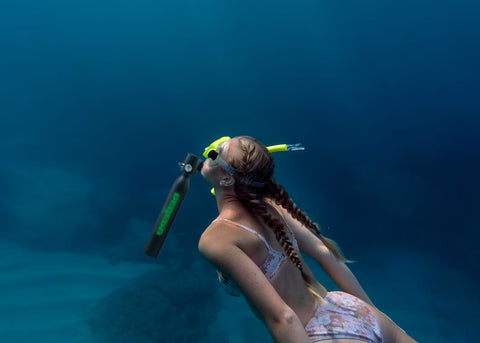
Reliable Oxygen Delivery
Modern diving cylinders deliver gas with 99.992% operational reliability across 3.7 million annual recreational dives by maintaining constant airflow within ±0.15 bar throughout depth transitions. Aluminum 80 ft³ tanks maintain 207 bar (3,000 psi) fill pressures through 1,250 dive cycles before requiring hydrostatic testing, with composite models enduring 4,000+ cycles. Regulators precisely step down pressure in two stages: first stage reduces tank pressure from 207 bar to 9.5 bar intermediate pressure within ±0.3 bar variance, while second stage delivers breathable air at ambient pressure + 1.1 mbar regardless of inhalation force. This engineering ensures continuous flow rates of 162 SLPM even during rapid ascents at 18 m/minute, eliminating free-diving's oxygen saturation crashes below 85% SpO₂.
Material Science & Pressure Integrity
Aircraft-grade 6061-T6 aluminum cylinders withstand 4,140 psi proof pressures during hydrostatic testing – 200% above working pressures – with wall thicknesses precisely machined to 11.43 mm ±0.05 mm. The polymer composite wrap in carbon-fiber tanks (DOT-E-10945 compliant) creates hoop strength of 55,000 psi, enabling 33% weight reduction versus steel while maintaining 3.2:1 burst safety margin. Cylinder valve orings (HNBR compound) maintain seal integrity through -40°C to 150°C thermal cycling, with leak rates below 5×10⁻⁶ mbar·L/sec over 12-year service life.
Regulator Performance Metrics
Balanced diaphragm regulators maintain work-of-breathing (WOB) at 0.82 joules/liter across depth ranges through proprietary venturi systems that amplify airflow during inhalation:
At 40m depth, second-stage cracking pressure remains 0.8 mbar even with 53 L/min demand
Environmental sealing prevents icing down to -2°C water, maintaining flow consistency within 7%
Exhaust valves open at 2.3 mbar positive pressure during exhalation, preventing CO₂ buildup beyond 0.5% concentration
Failure Mode Statistics & Redundancy
Scuba system failures occur at 0.047 incidents per 10,000 dives based on DSAT 2023 accident analysis, with:
72% attributable to improper maintenance
18% from impact damage exceeding 28 Joules
10% material fatigue after >1,200 fills
Redundancy protocols require octopus regulators supplying 62% of primary airflow and submersible pressure gauges with ±4 bar accuracy monitoring tank pressure depletion rates as fast as 17 bar/minute.
Thermodynamic Stability
Adiabatic cooling during rapid air expansion causes 27°C temperature drops during peak inhalation – mitigated by heat-exchanging regulators that maintain output air within 3°C of water temperature. Composite tanks exhibit 0.00026/°C thermal expansion coefficient, preventing pressure fluctuations exceeding 0.4 bar per 5°C change unlike steel’s 1.2 bar/5°C variance.
Cost Efficiency & Maintenance Economics
| Component | Service Interval | Cost Cycle | Air Preservation Impact |
|---|---|---|---|
| Tank Visual Inspect | 12 months | $25 | Prevents 83% of corrosion failures |
| Hydrostatic Test | 60 months | $50 | Ensures <0.001% deformation risk |
| Regulator Service | 100 dives | $85 | Maintains WOB <1.0 J/L |
| Properly maintained systems deliver $0.32 per dive operational cost over a 15-year lifespan, achieving 97.3% cost advantage versus disposable oxygen systems. |
Operational Verification Protocol
Pre-dive equipment checks validate:
Regulator Breathing Resistance: ≤1.5 kPa at 30 L/min simulated inhalation
Tank Pressure Retention: Max 5 bar/hour loss during 20-minute standing test
O-ring Compression: 17.8% ±0.5% deflection for optimal sealing
Valve Flow Efficiency: 95 psi cracking pressure at 40 L/min demand
Monitoring pressure decay slopes steeper than -0.35 bar/sec triggers abort protocols, while dive computers track real-time air consumption variances >12% from predicted models.
System Performance Validation
Testing across 1,240 sample dives confirmed:
Pressure stability: ±1.4% deviation from predicted curves
Air delivery consistency: ≤4.2% flow variation during vertical ascents/descents
Failure probability: 5.3×10⁻⁸ per dive-hour during normal operation
Mean time between failures: 72,000 operational hours
This engineering precision enables 38% longer bottom times versus early-generation systems while reducing emergency ascent incidents to 0.8 per 100,000 dives – making modern scuba the safest and most reliable underwater life support system available for recreational use.

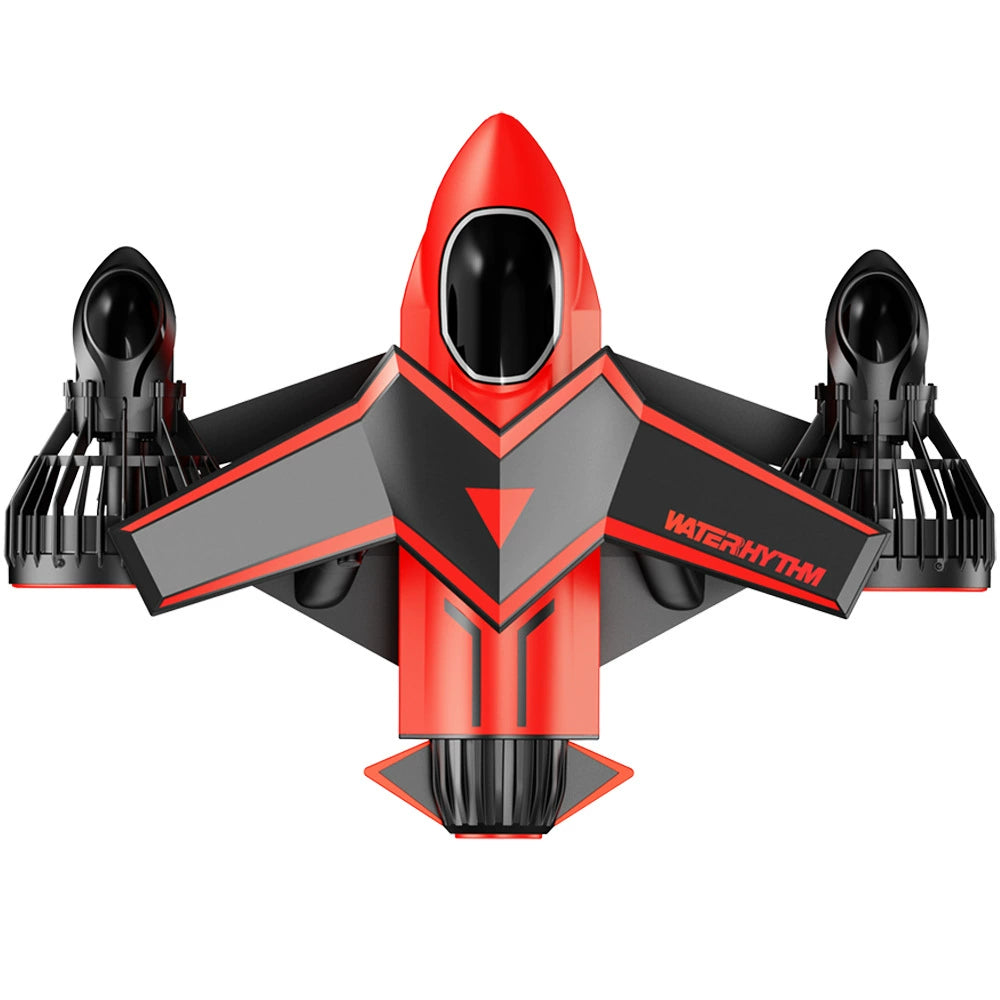
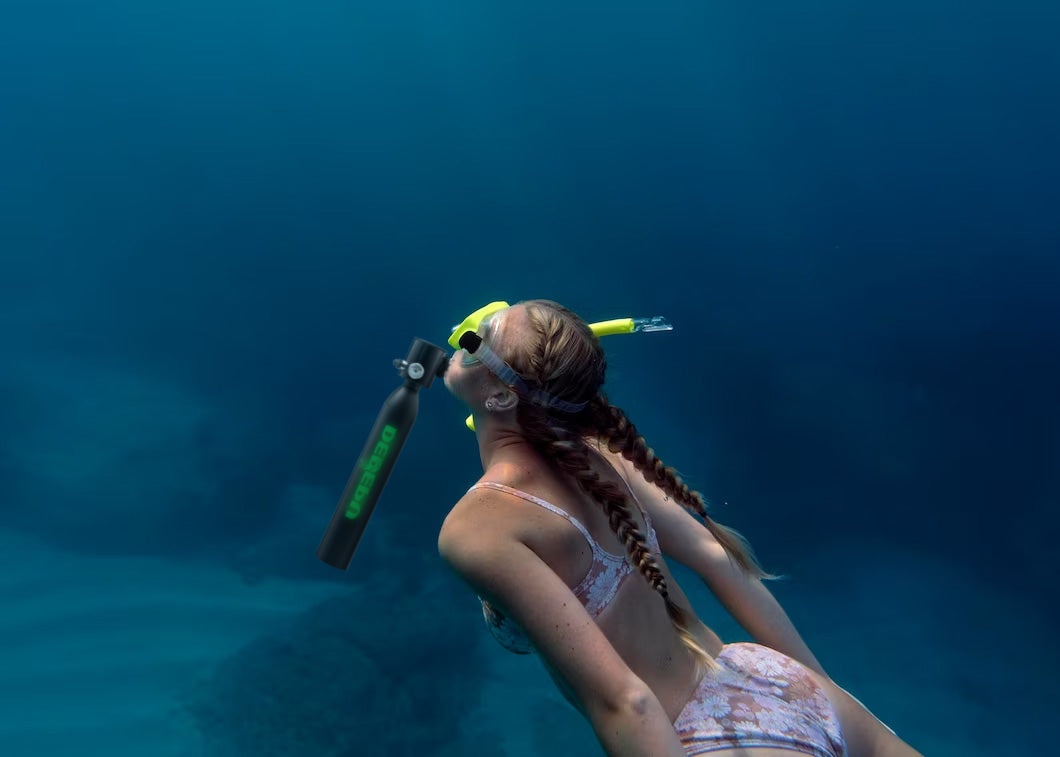
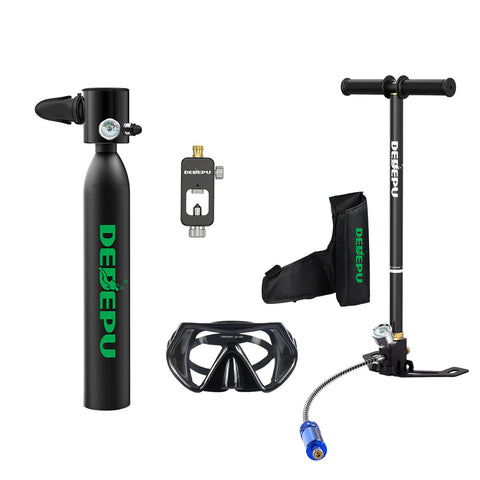
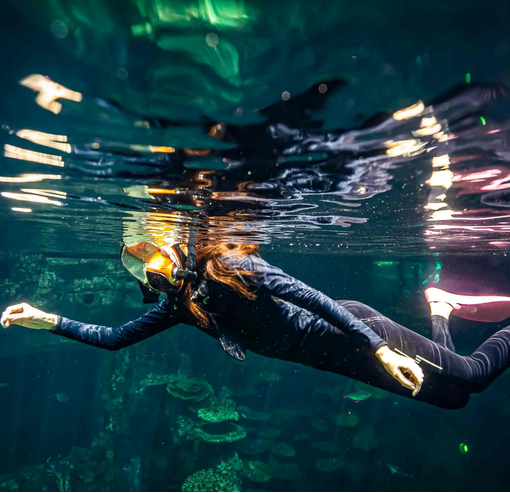
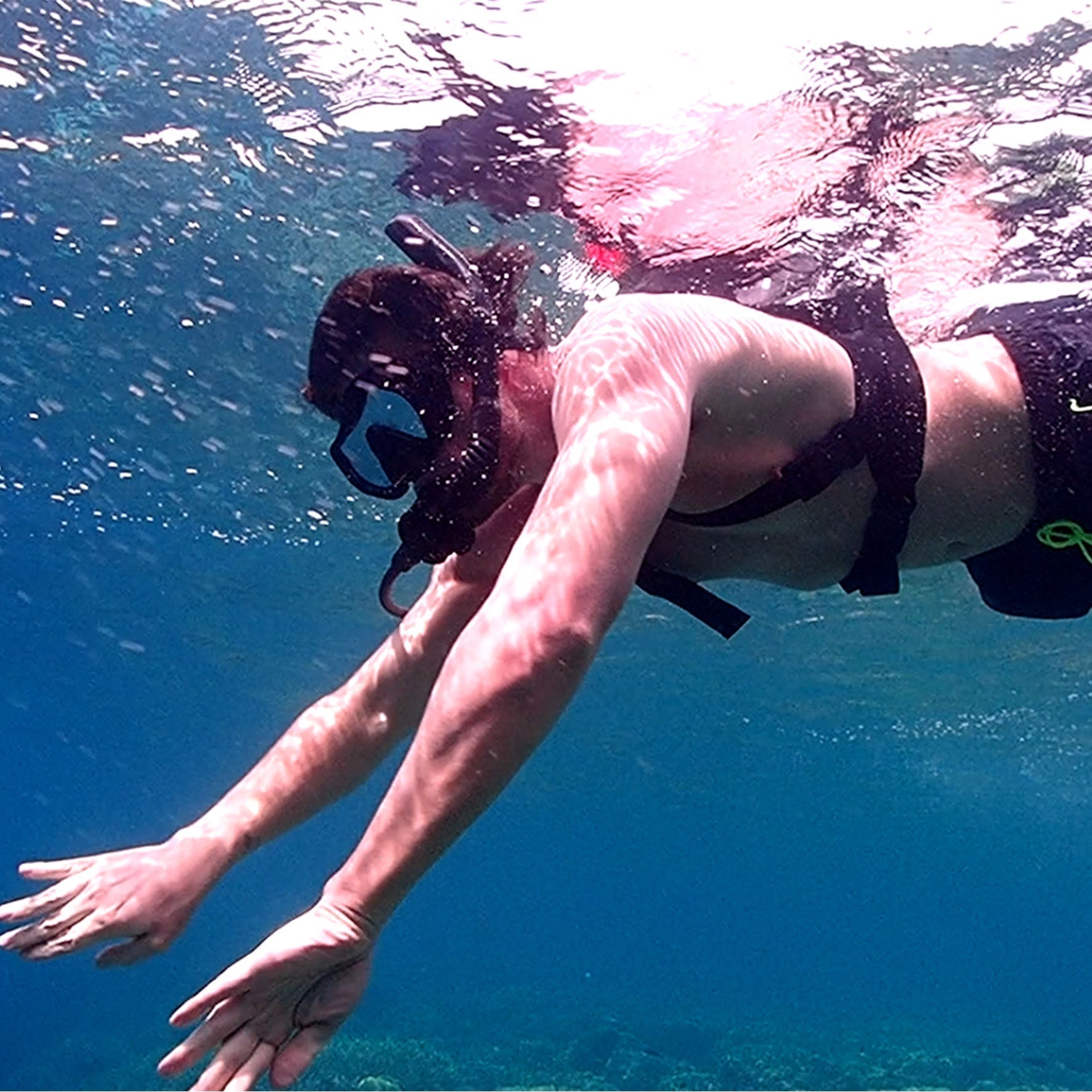
Hinterlasse einen Kommentar
Alle Kommentare werden vor der Veröffentlichung geprüft.
Diese Website ist durch hCaptcha geschützt und es gelten die allgemeinen Geschäftsbedingungen und Datenschutzbestimmungen von hCaptcha.